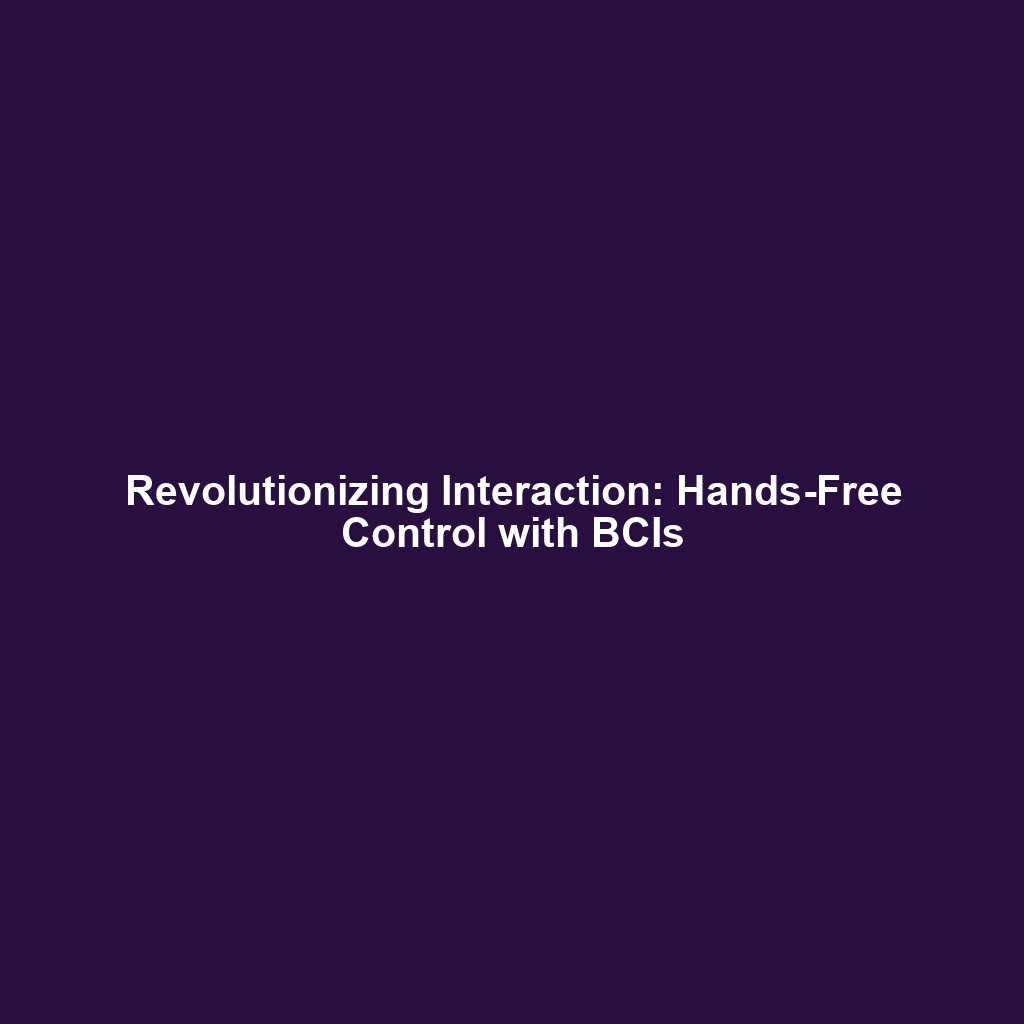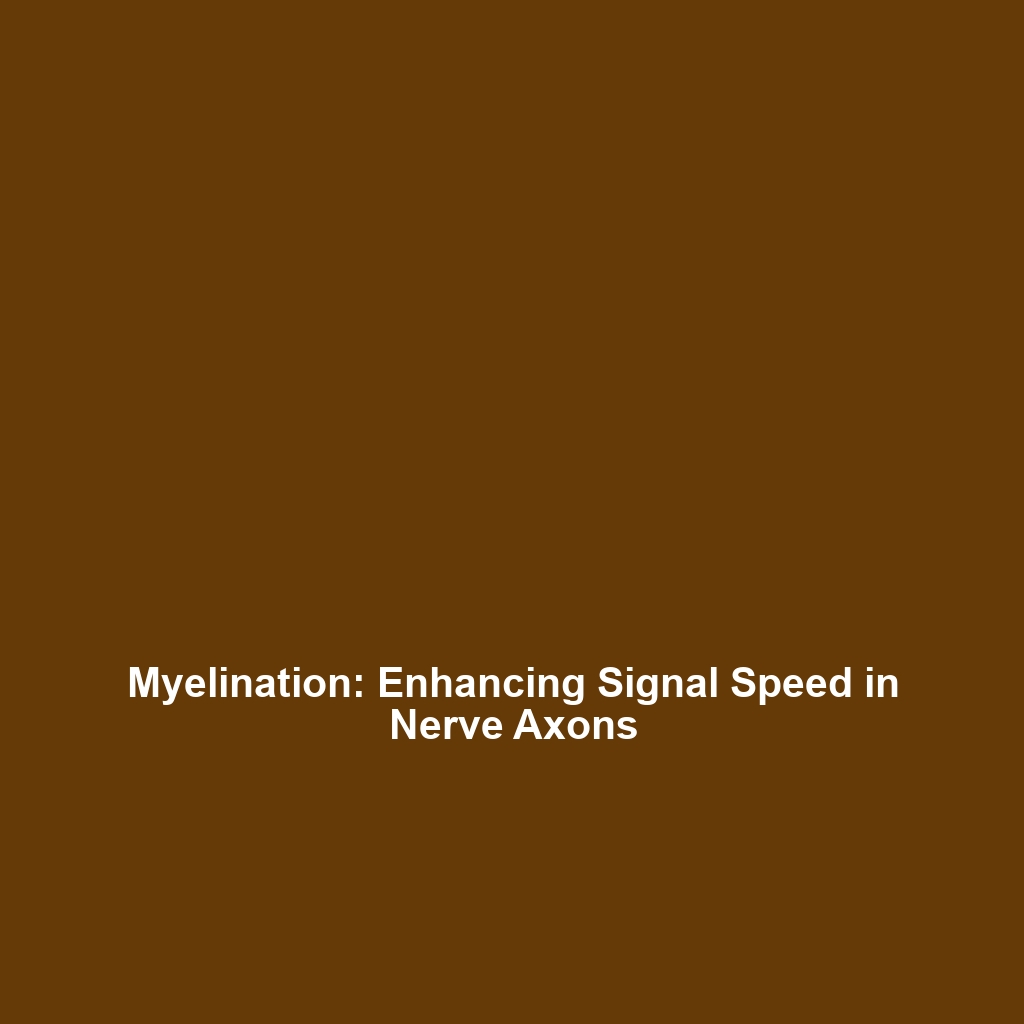Hands-Free Control: Enabling Interaction through Brain-Computer Interfaces (BCIs)
Hands-free control represents a significant advancement within the realm of Brain-Computer Interfaces (BCIs), allowing individuals to engage with technology using their brain signals. This innovative approach is particularly beneficial for users with disabilities or mobility impairments, providing new paths for communication and control over personal devices. As BCIs evolve, the potential applications in computers, smartphones, and smart home systems are expanding, making hands-free control a noteworthy topic in the intersection of technology and neuroscience.
Key Concepts of Hands-Free Control
The principles underlying hands-free control through BCIs can be divided into several key concepts:
- Neural Signals: BCIs decode electrical impulses generated by the brain and translate them into commands that computers can understand.
- Signal Processing: Advanced algorithms process these neural signals in real time, allowing for intuitive control of devices without physical interaction.
- User-Centric Design: Efforts are focused on creating interfaces that are not only effective but also user-friendly for diverse populations, including those with significant disabilities.
Applications and Real-World Uses
Hands-free control is finding various applications across different sectors:
- Healthcare: BCIs enable patients with severe motor impairments to control wheelchairs and communication devices.
- Smart Home Technology: Users can manage lighting, thermostats, and security systems through BCIs, enhancing accessibility.
- Gaming and Virtual Reality: BCIs offer a new modality for gaming experiences, where users can interact with environments using their thoughts.
Current Challenges in Hands-Free Control
Despite the advancements, several challenges remain in implementing hands-free control via BCIs:
- Signal Quality: Ensuring the accuracy and reliability of neural signal detection can be difficult.
- User Training: Users often require significant training to learn how to effectively utilize BCI systems.
- Cost and Accessibility: High costs associated with BCI technology can limit access for those who could benefit most.
Future Research and Innovations
Looking ahead, several exciting developments are anticipated in the field of hands-free control using BCIs:
- Advancements in Neurotechnology: Research is underway to improve the precision of brain signal decoding.
- Integration with AI: Integrating artificial intelligence to enhance adaptability and personalization of BCI systems.
- Wireless Technology: Future BCIs may eliminate the need for physical connections, increasing user freedom and mobility.
Conclusion
In summary, hands-free control utilizing Brain-Computer Interfaces (BCIs) holds transformative potential for enabling interactions with technology without physical movement or verbal communication. As research progresses, we can expect a surge in applications that improve accessibility for diverse populations. For further reading on BCIs and their applications, visit our related topics on BCI Technologies and Ethics in BCI Research.

